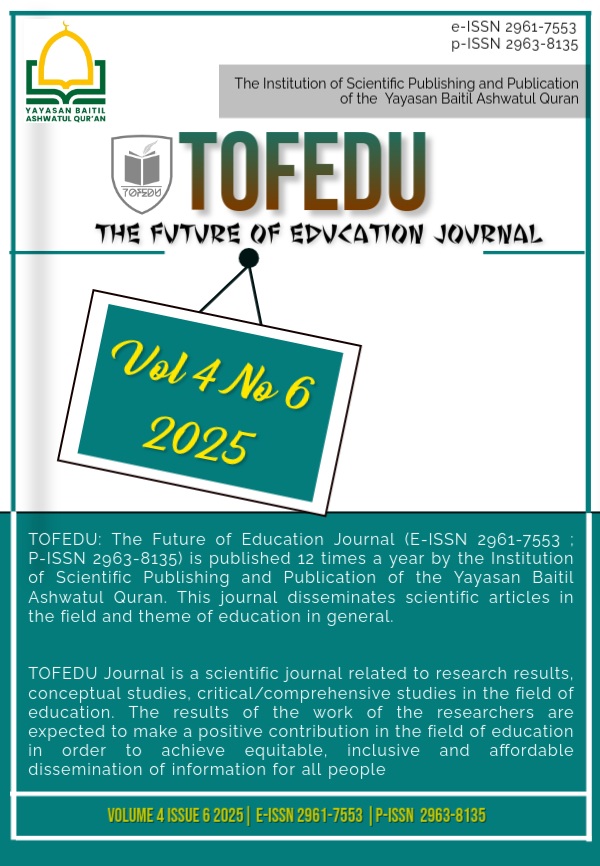Revealing the Secrets of Indonesian Morphemes: Their Classification and Fundamental Principles of Identification
Main Article Content
Abstract
Indonesian language has a complex morphological structure, one of which is through the use of morphemes, the smallest units with meaning in word formation. Deep understanding and recognition of morphemes are crucial, especially in the context of teaching the Indonesian language at the elementary school level. However, mistakes in the use of word structures, such as incorrect affixation or non-standard forms, are still often found among students, both in writing and daily conversation. This study aims to analyze the classification of morphemes and the principles of their recognition in the Indonesian language, as well as explore how the correct application of morphology can improve students' language comprehension. The method used is a descriptive qualitative approach with library research from SINTA-accredited scientific journals. The results of the study show that morphemes can be classified into free morphemes, bound morphemes, derivational morphemes, inflectional morphemes, and functional morphemes, each of which plays an essential role in word formation and meaning. Furthermore, the study also identifies that systematic and practical recognition of morphemes can enhance students' language skills, particularly in writing and reading. Mistakes in the use of morphemes in social media also indicate that morphological education is crucial for digital literacy. It is hoped that these findings can contribute to the development of Indonesian language teaching that is more applicable and relevant to students' communication needs in the digital age.
Article Details

This work is licensed under a Creative Commons Attribution 4.0 International License.
